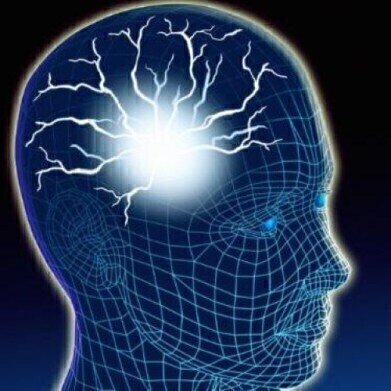-
 PET scanning could help tell which vegetative patients might regain consciousness
PET scanning could help tell which vegetative patients might regain consciousness
News & Views
PET imaging 'useful tool' for vegetative patients
Apr 16 2014
Researchers have found that positron emission tomography (PET) scanning could potentially help determine whether a vegetative patient will be able to regain consciousness.
A study published in medical journal The Lancet shows that PET imaging using the agent fluorodeoxyglucose (FDG) was more effective than functional MRI imaging at telling the difference between conscious and unconscious patients. What’s more, the FDG-PET technique was around 74 per cent accurate when it came to predicting how far the patient would recover over the next year.
But researchers say the most significant finding is that in a third of the patients who had been diagnosed as behaviourally unresponsive, the FDG-PET scans indicated brain activity that suggested the patients had at least some consciousness. Nine of these individuals later returned to what the study’s authors described as a “reasonable” level of consciousness.
“We confirm that a small but substantial proportion of behaviourally unresponsive patients retain brain activity compatible with awareness,” said Professor Steven Laureys, study leader from Belgium’s University of Liége.
He added that repeated testing with the established Coma Recovery Scale - Revised behavioural test alongside FDG-PET scanning can offers “simple and reliable diagnostic tool with high sensitivity” for patients who are unresponsive but remain aware.
It has historically been difficult to judge the level of consciousness in a brain-damaged patient. Medical staff use standard clinical examinations to get an idea of their awareness and ability to respond to outside stimuli, but researchers say as many as four out of ten patients can be misdiagnosed as a result. This study indicates that there could soon be another tool in the arsenal of practitioners.
The research was carried out in a specialist unit which is devoted to diagnosing consciousness disorders through neuroimaging, meaning that it could be difficult to effectively roll out the technique as a treatment in other facilities, but the investigators remain positive about the study.
“Functional brain imaging is expensive and technically challenging, but it will almost certainly become cheaper and easier,” said Jamie Sleigh and Catherine Warnaby, study authors. “In the future, we will probably look back in amazement at how we were ever able to practise without it.”
Digital Edition
Lab Asia 31.2 April 2024
April 2024
In This Edition Chromatography Articles - Approaches to troubleshooting an SPE method for the analysis of oligonucleotides (pt i) - High-precision liquid flow processes demand full fluidic c...
View all digital editions
Events
Apr 28 2024 Montreal, Quebec, Canada
May 05 2024 Seville, Spain
InformEx Zone at CPhl North America
May 07 2024 Pennsylvania, PA, USA
May 14 2024 Oklahoma City, OK, USA
May 15 2024 Birmingham, UK

















